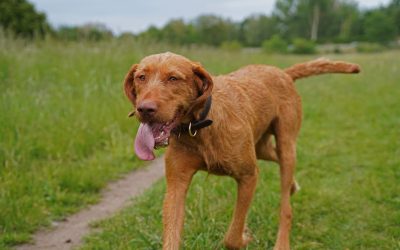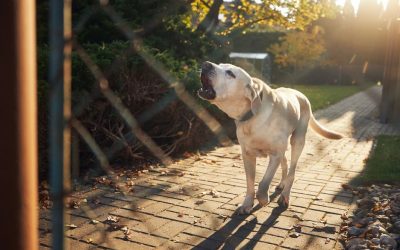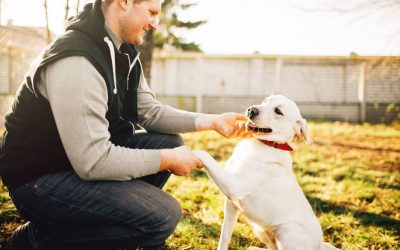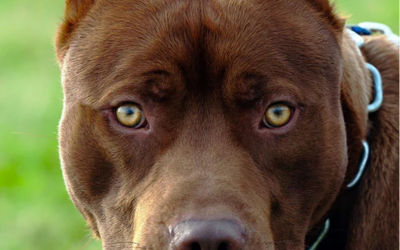Bully Breeds: More Than the Name Implies
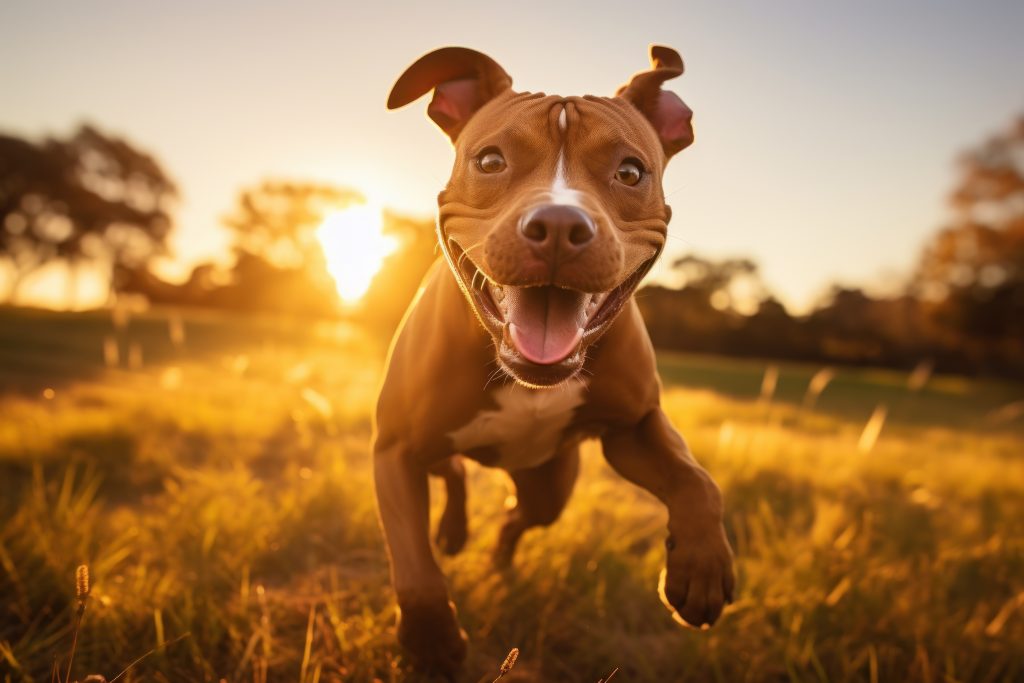
Here is what we know; modern-day dogs have been selectively bred to enhance certain behaviors, capabilities, and physical attributes. Their physical make-up, no matter how altered our selective breeding has made them, remains that of their wild ancestors, the wolf. Basically, every dog from the Chihuahua to the Great Dane have the same traits.
Given the science and selective breeding that has gone on for generations, all over the world, why then is it that one of the most prolific and victimized dog has come to be known as the Pit Bull?
What Are Bully Breeds?
Pitbulls are part of a class of dogs known as the “bully breed”. Many have taken to comparing the Pit Bull to that of a schoolyard “bully” of sorts. Vicious and unpredictable, which has given those who would refer to this variety as aggressive, ample fodder to continue misrepresenting this animal. Here are a few points that should help clarify a few things and provide some insight into better understanding this class of dogs and the evolution of one of its most infamous members.
Bully Breeds are not about a dog’s temperament, size, or reputation. It is about a dog’s lineage and its purpose. Bully Breeds are descended from an extinct large variety of dog called Canis Molossi. Trained by the Molossi people from Greece and southern Albania, they were known for their courage and ferocity, their guardian and war dog.
Phoenicians regarded these animals as valuable commodities for trade, whereas the Romans valued them for their hunting ability. Exported to Asia and North Africa the Molossers interbred with dogs of the regions resulting in offspring with shorter coats, still retaining their massive heads and short muzzles. Eventually, the dogs made it to the British Isles and bred with Celtic tribe dogs. They were trained to grab a horse’s nose during battle. The logic being the horse, in its attempt to remove the dog, would buck off its rider.
Continuing to encourage this trait, in England around 1154 bull baiting became a popular sport. These dogs would set upon a restrained bull, and the one who could pin the bull down first, by its nose, would win and all those who bet on the dog. As time went on, the owners of these dogs realized that the size and structure of this breed had to change for it to have a better chance at survival. Through selective breeding, the Bulldog gradually evolved and became a separate breed from the Molosser.
The Rise of the Pit Bull
After 1835 bull baiting became illegal, and rising from its ashes, dog fighting became the new popular sport. Hardy, scrappy Terriers were crossed with bull baiting bulldogs to enhance the traits for fighting in smaller pits. It is the resulting offspring from this breeding that we get the first Pit Bull type dogs.
It should be understood that Pit Bulls, like any other dog, have certain traits, that if surfaced and encouraged can essentially become whatever its owner would like them to be. Black labs are great at hunting in water, German Short Hairs are great at pheasant hunting with a point on a bird that is simply amazing to watch when they have it. It just so happens that the Pit Bull’s purpose has quite a history of violence, created and encouraged by Man. Let us not forget they are a loyal and courageous breed, protectors, and their “purpose” is that of what their owners choose it to be.

The Modern Bully Breed
Today, the term “bully breed” has come to encompass a variety of dog breeds that share some physical and behavioral traits. This includes breeds like the American Pit Bull Terrier, American Staffordshire Terrier, English Bulldog, Bull Terrier, Staffordshire Bull Terrier, Boxer, Dogo Argentino, and Cane Corso.
While they may share some common ancestry and physical characteristics, bully breeds are all distinct breeds with their own personalities and temperaments. Lumping them together under one “dangerous” label does a disservice to these breeds. Responsible ownership and understanding each breed’s individual traits is key.
With proper training, socialization, and responsible ownership, bully breeds can make wonderful family companions. Their loyalty, athleticism, and eagerness to please shine through. However, they do require committed owners who are prepared to provide structure, exercise, training and an outlet for their enthusiasm.
Looking Past Misconceptions
Unfortunately, bully breeds often face discrimination and restrictions due to stigma and misconceptions. But it’s important to look past the stereotypes and appreciate these breeds for who they truly are. Their past does not define them.
Rather than fearing bully breeds and banning them, we should focus on promoting responsible breeding and ownership. Education, training, socialization and strong anti dog-fighting/cruelty laws are key. When in the right hands, bully breeds can positively channel their traits and make a big difference as therapy dogs, service dogs, athletic competitors and loving family members.
It’s time we see bully breeds for their positive qualities, not just their muscle. With an open and understanding perspective, we can help improve perceptions and give bully breeds the life they deserve.
To learn more about dog breeds and their temperaments, visit the Good Life Inc. blog today.

